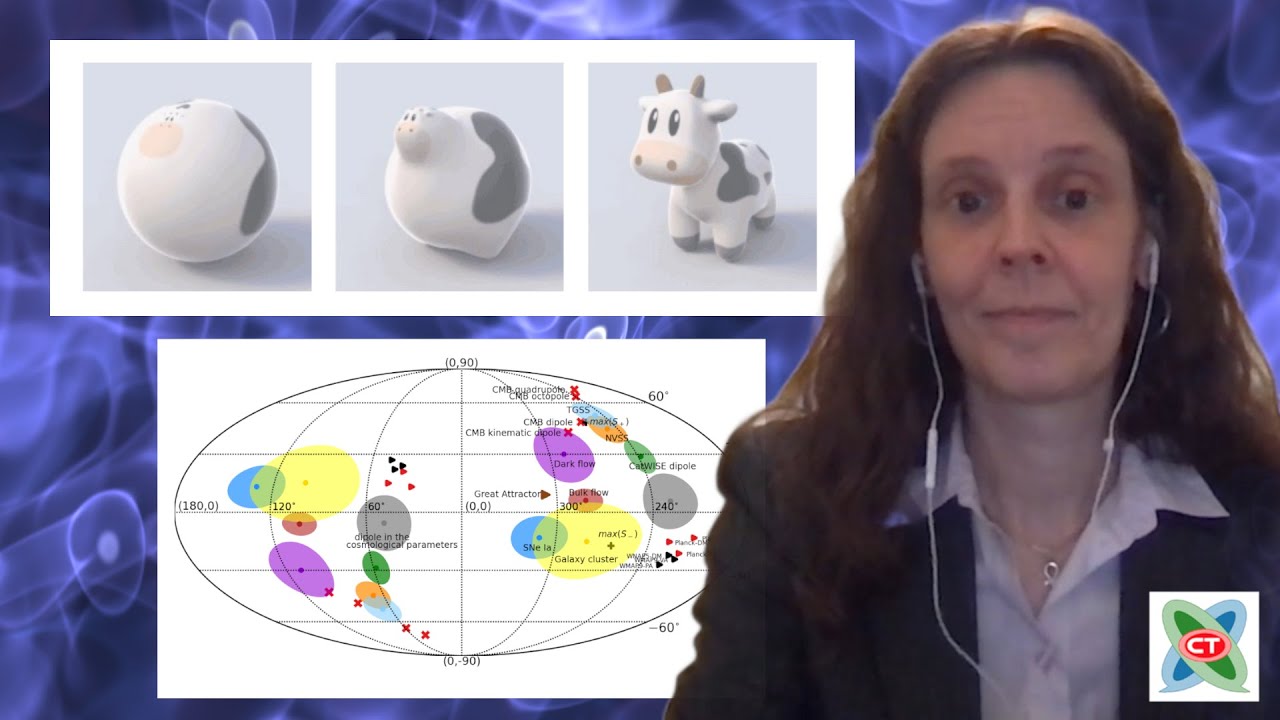The cosmological principle is a generalisation of the Copernican principle, and has been a largely unquestioned assumption underlying research into the origin and evolution of the universe for over a century. Copernicus dethroned the Earth from the centre of the universe to a planet orbiting the Sun. Centuries later, observations demoted the Sun to one of hundreds of billions of stars making up the Milky Way galaxy, which was later found to be one of hundreds of billions of galaxies scattered across the universe. The cosmological principle generalises this into the statement that at a given observer’s time since the big bang and on a large enough scale, the universe is homogeneous and isotropic—there are no special locations or directions—and will look essentially the same regardless of the location of the observer. Since the universe evolves with time, this principle does not apply across long periods of time, but at any given time, it says there are no privileged positions such as the “centre of the universe” or the “edge of the universe” or directions such as “up” or “down”.
In cosmology based upon Einstein’s general theory of relativity, such a universe is described by the Friedmann–Lemaître–Robertson–Walker metric (FLRW), developed in the 1920s and 1930s as an exact solution to Einstein’s equations. It makes precise predictions for the properties of such a universe from a small set of parameters, and for most of a century after its development, observational astronomy produced results with such large uncertainties (“error bars”) such that all one could say is that the observations were consistent with the FLRW model.
The era of precision cosmology, exemplified by study of the cosmic microwave background radiation, massive sky surveys in frequencies from radio through gamma rays, and discovery of phenomena such as quasars, gamma ray bursts, gravitational lensing, and gravitational radiation have allowed increasingly stringent tests of the predictions of FLRW cosmology and the results are … puzzling.
In a survey article published in the May, 2023 issue of Classical and Quantum Gravity, “Is the observable Universe consistent with the cosmological principle?” (full text [PDF, 104 pages]), the authors, many of whom performed the observations cited in the work, examine apparent discrepancies in those observations with the FLRW model, some of which have risen to or exceeded the “gold standard” of five standard deviations. Here is the abstract.
The cosmological principle (CP)—the notion that the Universe is spatially isotropic and homogeneous on large scales—underlies a century of progress in cosmology. It is conventionally formulated through the Friedmann-Lemaître-Robertson-Walker (FLRW) cosmologies as the spacetime metric, and culminates in the successful and highly predictive Λ-Cold-Dark-Matter (ΛCDM) model. Yet, tensions have emerged within the ΛCDM model, most notably a statistically significant discrepancy in the value of the Hubble constant, H_0. Since the notion of cosmic expansion determined by a single parameter is intimately tied to the CP, implications of the H_0 tension may extend beyond ΛCDM to the CP itself. This review surveys current observational hints for deviations from the expectations of the CP, highlighting synergies and disagreements that warrant further study. Setting aside the debate about individual large structures, potential deviations from the CP include variations of cosmological parameters on the sky, discrepancies in the cosmic dipoles, and mysterious alignments in quasar polarizations and galaxy spins. While it is possible that a host of observational systematics are impacting results, it is equally plausible that precision cosmology may have outgrown the FLRW paradigm, an extremely pragmatic but non-fundamental symmetry assumption.
In the video above, co-author Jenny Wagner discusses the results and whether we are beginning to discover that the actual universe is more complicated than the simple mathematical models we have been using to describe it for a century.
See also earlier posts here:
- The Cosmological Axis of Evil (2021-11-01)
- Is the Universe Mirror Symmetric on the Cosmological Scale? (2023-01-30)
- Marc Kamionkowski on Puzzles in Cosmology (2023-04-26)
- Evidence for Large-Scale Parity Violation in the Universe (2023-05-29)
- Adam Reiss on the Hubble Tension and Puzzles in Cosmology (2023-07-10)
